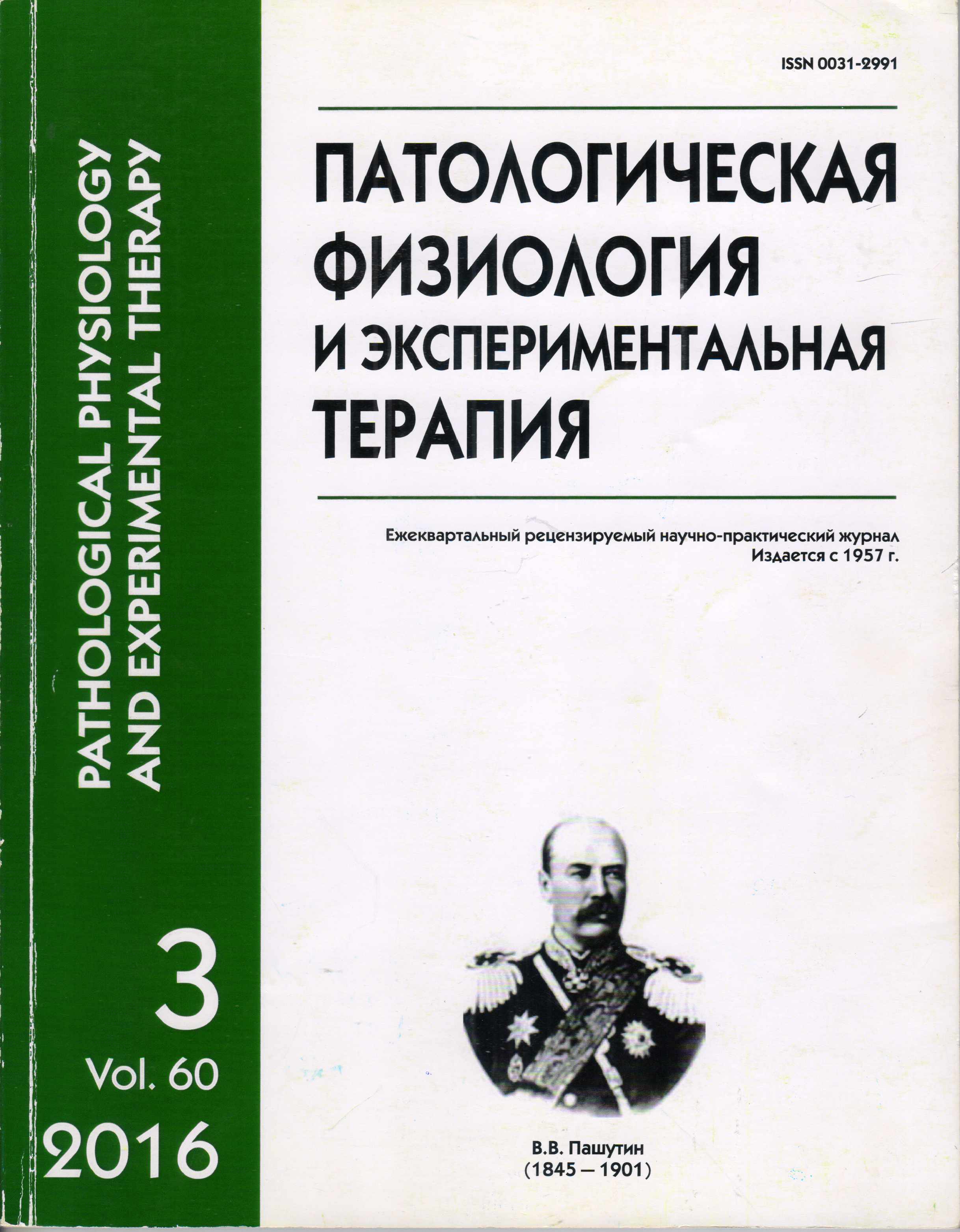Influence hypervitaminosis D3 on hemodynamic presentation of experimental copper intoxication
Keywords:
cardiovascular system, hypercalcemia, copper sulfate, calcitriol
Abstract
As a component of various enzymes, it refers to copper essential trace elements, but the excessive consumption of the metal leads to the development of the pathogenic effects of xenobiotics on the functional condition of the cardiovascular system. However, the works devoted to the study of the effectiveness of prophylactic calcium in a copper toxicity, is not in the current literature. The purpose: study the effect of long-term toxicity of copper on the functional state of the cardiovascular system and its reactivity in experimental hypercalcemia. Methods. Experimental hypercalcemia model was created by forming a pilot hypervitaminosis D, by introducing «Akvadetrim» atraumatic preparation through a probe into the stomach in the dose 3000 IU (0.2 ml) / 100 g of body weight for 30 days. Chronic copper poisoning model created by intragastric administration of copper sulfate solution at a dosage of 20 mg/kg (in terms of metal) for 30 days, daily one time a day. The study of the functional state of the cardiovascular system is to determine the mean arterial pressure, specific peripheral vascular resistance, stroke index, cardiac index, the reactivity of the renin-angiotensin system and adrenoreactivity cardiovascular system. Results. The experimental study revealed that long-term copper poisoning leads to the development of hypertension due to an increase in total peripheral vascular resistance, along with the marked decline in the pumping function of the heart. Experimental hypercalcemia simulated by intragastric administration of vitamin D promotes more pronounced toxic effects of copper sulfate on the cardiovascular system. Conclusion. Copper poisoning of the body is characterized by the development of hypertension and the condition of artificial hypercalcemia potentiates the cardiotoxic effects of copper.Downloads
Download data is not yet available.
Published
07-08-2016
How to Cite
Brin V. B., Mittsiev K. G., Mittsiev A. K., Kabisov O. T. Influence hypervitaminosis D3 on hemodynamic presentation of experimental copper intoxication // Patologicheskaya Fiziologiya i Eksperimental’naya Terapiya (Pathological physiology and experimental therapy). 2016. VOL. 60. № 3. PP. 83–87.
Issue
Section
Original research






